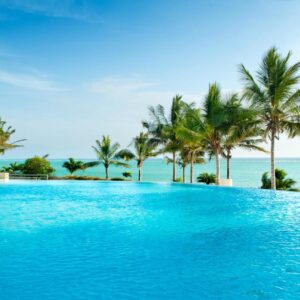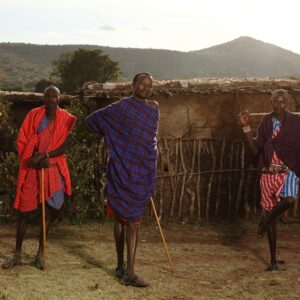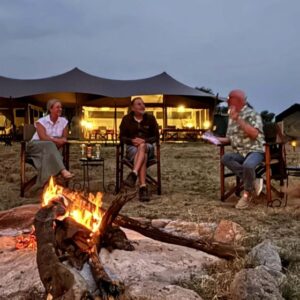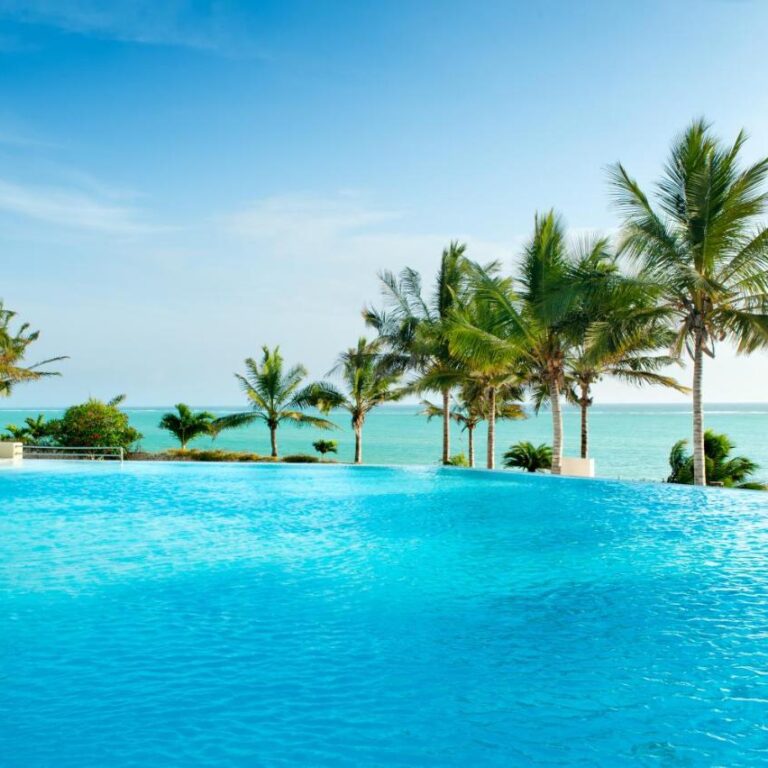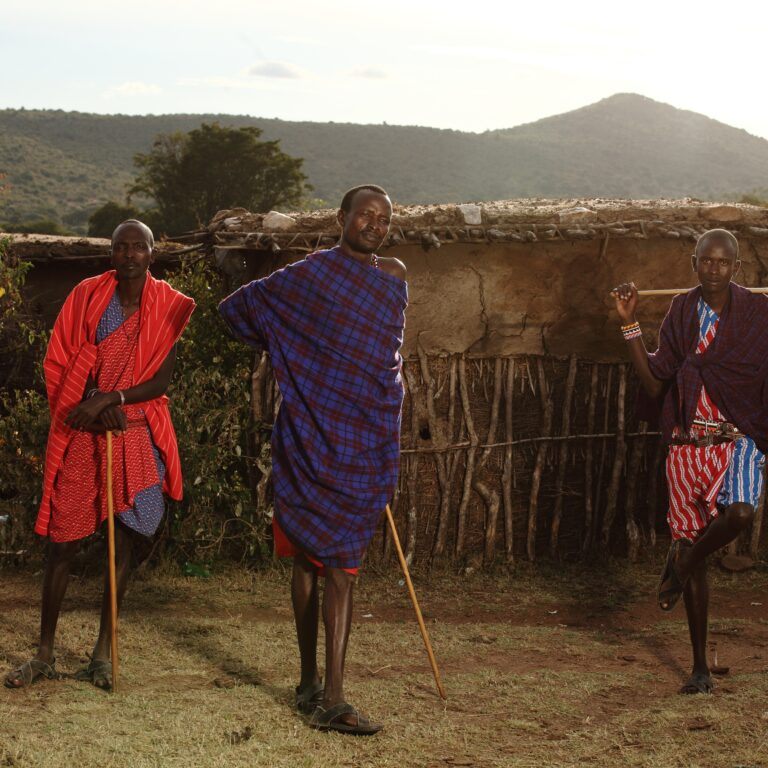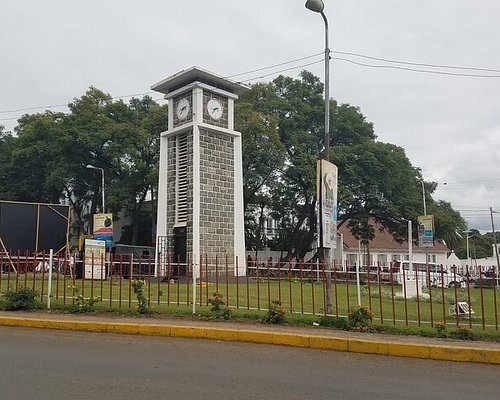Conquering Mount Kilimanjaro, Africa’s majestic rooftop, is an extraordinary feat of endurance, willpower, and preparation. While much of the focus rightly goes into selecting the perfect hiking boots for the grueling trek, an often-overlooked yet equally crucial piece of gear is your camp shoes. After long, arduous days on the trail, slipping out of your heavy, supportive hiking boots and into something lightweight, breathable, and comfortable can feel like pure bliss. This small luxury makes a monumental difference to your overall well-being and recovery on the mountain.
The best camp shoes for Kilimanjaro are lightweight, comfortable, and easy to slip on, like trail runners or waterproof sandals, to give your feet a break from hiking boots at the end of the day. Popular options include trail runners, comfortable slip-on shoes like Sketchers, or recovery slides such as Oofos Ooahh Slides. Close-toed options are often recommended to keep your feet warm and protected in the evenings.
Your camp shoes are your off-duty footwear, providing much-needed relief to tired feet, promoting circulation, and allowing your main hiking boots to air out and dry. They are essential for moving around camp, making trips to the dining tent or restroom, and generally enjoying the precious downtime. Choosing the right pair isn’t just about comfort; it’s about optimizing recovery and morale throughout your multi-day expedition.
This guide will delve into what makes a great pair of Kilimanjaro camp shoes and recommend some of the best options to ensure your feet get the rest they deserve.
Why Camp Shoes Are Non-Negotiable on Kilimanjaro
While some might consider them an unnecessary extra, the benefits of packing dedicated camp shoes for your Kilimanjaro climb are undeniable:
Foot Relief and Recovery
After hours of pounding the trails in stiff, supportive hiking boots, your feet will ache, swell, and crave freedom. Camp shoes provide immediate relief, allowing your feet to decompress, promoting blood circulation, and aiding in recovery.
Hygiene and Airing Out
Your hiking boots will get sweaty, dirty, and potentially wet. Camp shoes allow your boots to air out properly, reducing moisture and preventing mildew or odors. This is crucial for maintaining foot health and preventing blisters or fungal infections.
Comfort and Morale
Small comforts make a huge difference on a challenging trek. Slipping into cozy shoes at the end of the day significantly boosts morale and helps you feel more at home in the wilderness.
Convenience in Camp
You’ll need footwear for trips to the mess tent, the toilet tent, or simply walking around your campsite. Using your hiking boots for these short excursions is inconvenient and unnecessary.
Emergency Backup
In the unlikely event that your primary hiking boots become unwearable (e.g., severely wet, damaged), comfortable camp shoes can serve as a temporary alternative for short distances around camp.
What Makes an Ideal Kilimanjaro Camp Shoe?
The perfect Kilimanjaro camp shoe strikes a balance between several key characteristics:
Lightweight: This is paramount. Every ounce counts when porters are carrying your gear (and your personal weight limit is strict!). Look for shoes that weigh as little as possible.
Packable/Compressible: They should easily flatten or squish down to take up minimal space in your duffel bag.
Comfort: Cushioned sole, soft upper material, and a relaxed fit are essential for tired, potentially swollen feet.
Easy On/Off: You want something you can slip into quickly, even in the middle of the night for a bathroom break, without fumbling with laces or straps.
Breathability: Allows your feet to air out after being cooped up in boots all day, preventing sweat and odor.
Warmth (Crucial for Higher Camps): While lower camps might allow for sandals, as you ascend, camp temperatures drop significantly, especially at night. For camps like Karanga and Barafu, you’ll want something warm enough to wear with thick socks.
Good Traction/Grip (Optional but Recommended): While not for extensive hiking, camp pathways can be uneven, rocky, or muddy. Some grip provides stability and prevents slips.
Closed-Toe (Recommended for Higher Camps): While open-toed sandals might be fine at lower, warmer camps, a closed-toe option offers better protection from cold, dust, and accidental stubbing, especially as you climb higher.
Top Contenders for Kilimanjaro Camp Shoes
Here are some of the best types of camp shoes, along with specific recommendations, that meet the criteria for a comfortable and practical Kilimanjaro experience:
Down Booties / Insulated Camp Slippers
Pros: Exceptionally lightweight, highly compressible, and incredibly warm. They are designed specifically for cold camp conditions. Some models have thin, grippy soles for walking on uneven ground.
Cons: Not waterproof (unless specifically designed with a waterproof sole), limited traction, and might feel a bit bulky for packing if not super compressible. Primarily for warmth, not extensive walking.
Best For: All camps, especially higher, colder camps like Karanga (3,995m) and Barafu (4,673m).
Recommended Brands/Models:
Outdoor Research Tundra Aerogel Booties: Known for exceptional warmth-to-weight ratio and compressible design.
Feathered Friends Down Booties: Another top-tier option for warmth.
Various ‘Mule’ style insulated slippers from outdoor brands: Look for those with a more durable, non-slip sole.
Crocs (Classic Clogs)
Pros: Incredibly lightweight, easy to slip on and off, waterproof (great for muddy areas or shared showers), easy to clean, and relatively inexpensive. They offer decent cushioning and airflow.
Cons: Not warm in cold conditions (unless worn with thick socks), open-holed design can let in dirt/dust, and some find the style unappealing. Limited traction on very slippery surfaces.
Best For: Lower, warmer camps (Forest, Moorland zones), or as a multi-purpose shoe if you only want one pair for various conditions (with thick socks for warmth).
Recommended Models:
Classic Crocs Clog: The original for a reason.
Crocs LiteRide Clog: Even lighter and softer cushioning.
Lightweight Trail Running Shoes / Minimalist Sneakers
Pros: Very lightweight, often breathable, and offer good cushioning and traction. If you have a pair you no longer use for active sports, they can be repurposed.
Cons: Not as easy to slip on/off as clogs or slippers, might take longer to dry if they get wet, and might not be as warm as insulated booties.
Best For: Lower camps, or if you prefer a more “shoe-like” feel for walking around camp. Can double as a travel shoe.
Recommended Brands/Models:
Brooks Revel, Hoka Clifton, Altra Escalante: Look for older models or discounted pairs that are lightweight and comfortable.
Any minimalist or lightweight running shoe: Focus on comfort and packability.
Sports Sandals (e.g., Tevas, Chacos with an open-toe bias)
Pros: Good ventilation, quick-drying (if they get wet), decent traction, versatile for showering or warmer walks.
Cons: Not suitable for cold high camps (even with socks), open-toe design offers no protection from cold, dust, or accidental stubbing, and can get rocks/debris stuck. They can also be a bit heavier than other options.
Best For: Only the very lowest, warmest camps (e.g., Machame Gate to Machame Camp). Not recommended as your sole camp shoe for the entire climb.
The Ultimate Camp Shoe Strategy: One Pair or Two?
For most climbers, one well-chosen pair of camp shoes is sufficient. The key is to select a pair that balances warmth, comfort, and packability for the diverse conditions you’ll encounter.
For maximum comfort and warmth (recommended for most): A pair of down booties or insulated camp slippers with a decent sole. These are lightweight, warm, and provide incredible relief. Pair them with a comfortable pair of thick wool socks.
For versatility and budget (a solid alternative): A pair of Crocs (classic clog). While not as warm as booties, they are incredibly practical, easy to clean, and can be worn with thick wool socks to add warmth.
If you’re a serious minimalist, some trekkers will even just bring a very lightweight pair of slides or flip-flops for lower camps and rely on thick socks inside their tent or hiking boots for higher camps. However, this is not ideal for foot health or comfort.
Important Considerations for Your Camp Shoes
Socks Matter: No matter what camp shoes you choose, bring several pairs of thick, comfortable wool socks. They add warmth, wick moisture, and provide cushioning.
Test Them Out: Just like your hiking boots, wear your camp shoes around the house or on short walks before your trip to ensure they are truly comfortable, especially with thick socks.
Pack in a Dry Bag: Keep your camp shoes separate from your clean clothes in your duffel bag, especially if they get dirty or wet. A lightweight stuff sack or dry bag works well.
Don’t Overpack: Remember your porter’s weight limit. Choose the lightest and most packable option that meets your comfort and warmth needs.
Toilet Tent Trips: You will need to make nighttime trips to the toilet tent. Your camp shoes should be easy to slip on in the dark, and ideally provide some protection from the cold ground or potential dampness.
Your feet work tirelessly to carry you up the slopes of Kilimanjaro. Investing a little thought and effort into selecting the best camp shoes will provide them with the much-needed respite they deserve each evening. This small act of comfort can significantly contribute to your overall enjoyment, recovery, and ultimately, your success in reaching the Roof of Africa.

